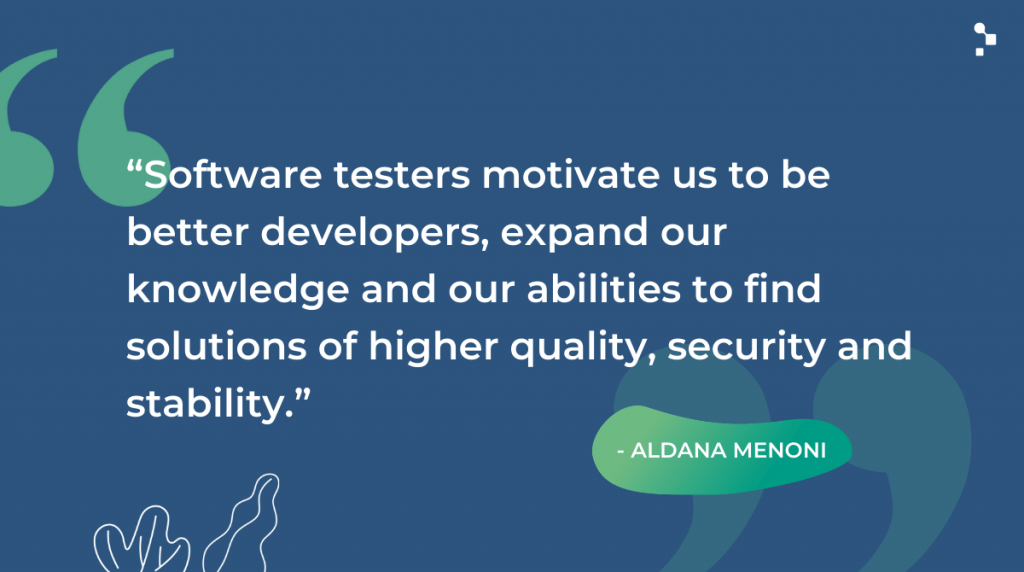Testing applications an integral part of the development process. But, how can the team guarantee a successful testing process? Now, in this article, I will give you some tips and ideas to help you achieve that.
The secret to a good application is QA and QC. When done correctly, it minimizes potential risks such as security, performance, functional, non-functional, and incompatibilities between platforms.
When it comes to applications, even the smallest problems can turn into a nightmare. Thus, it is important to perform rigorous application testing before deployment. So here are some ideas to improving product’s testing.
Microsoft Power Pages testing
Applications are more than just information-based websites. Increasing size and complexity, as well as shortening the agile development cycle and repetitive changes in requirements present many QA and testing challenges.
- Focus on cross-browser compatibility testing
- Version control of test cases in test management tools
- Usability testing, the power pages flow is tested so that a new user can understand it easily
- Microsoft Dataverse testing includes performing data validity, data integrity testing, performance check related to database and testing of procedures, triggers and functions within it
- Select the appropriate parameters for your ease of use test
- Evaluate application performance under different conditions
- Verify all security issues with security tests
- Exploratory testing into the software development life cycle
Application testing revolves around these checklists:
1. Functionality testing:
This step verifies that the functionality of your application is working properly. Functional testing is done in source code.
2. Usability testing:
This test type focuses on the user experience when using a particular wapplication. Efforts are being made to build the application according to the needs of the user. This test method is a key to ensuring that users can easily navigate the various features of the application. The content displayed in the application also needs to be clearly visible.
3. UI testing:
One of the most important interfaces within a application is the server and application server interface and the database server interface. UI tests ensure that all individual components within a application are properly connected. You should use this test method to verify that the interactions between these servers are performing properly.
4. Compatibility testing:
This test method ensures that a particular application is compatible with all browsers. Compatibility testing is done at three levels: browser compatibility, operating system compatibility, and device compatibility.
5. Performance testing:
Here, we are testing how well a particular application can perform under stress and heavy loads. Also consider how your application can run at different internet speeds, networks, and browsers. Stress testing is a form of testing used to determine the amount of stress a application can receive before it fails. Also, how the application runs when running in different hardware configurations, and what mechanisms need to be strategic to prevent the application from crashing? All the above aspects are thoroughly scrutinized and tested within the scope of performance testing.
6. Security testing:
This test method is one of the most important methods for web applications, regardless of whether data leaks or changes are tolerable. This typically includes testing CAPTCHA to automate script login, testing SSL for security measures, and having direct access to web directories or files.
Quote
What are the tools for Web Application testing?
Selenium is one of the leading open-source web automation tools. Helps perform automation across different devices and browsers. You also have several options for choosing a language for writing test scripts such as C #, Python, Java, PHP, JavaScript.
TestComplete is SmartBear’s unique UI Automation tool, which has been used since the early 2000s and is becoming more and more popular in comparison as it advertises that UFTs are expensive but do not require programming skills (similar to UFTs). Is increasing. Advanced scripting requires programming skills), due to the wide range of supported programming languages and technologies
Robot Framework: This is an open-source tool with a test automation framework. This helps drive acceptance test-driven development and a keyword-driven approach for acceptance testing.
Some of the most common tools for testing are
Web Automation
– Selenium
– Cypress
– Robot Framework
Mobile App Automation
– Appium
– Robotium
– TestSigma
API
– TestSigma
Nocode lowcode
– TestSigma
– Karate Framework
– Katalon Studio
Performance Testing
– Jmeter
– Load Runner
– Neoload
– Gatling
Most useful test cases for ensuring consistent user interface

Conclusion:
Even with all these best practices, we should not miss the functional, structural and regression testing of the application. However, of course, some of the companies are always focusing on these and ignoring the rest. Defective applications not only appear to be unreliable, but also negatively impact on business efforts, leading to higher costs and lower business reputation. By following the above methods for testing applications, companies can significantly reduce risk and provide the highest quality apps.
For any query, feel free to Contact us or email us on [email protected]





